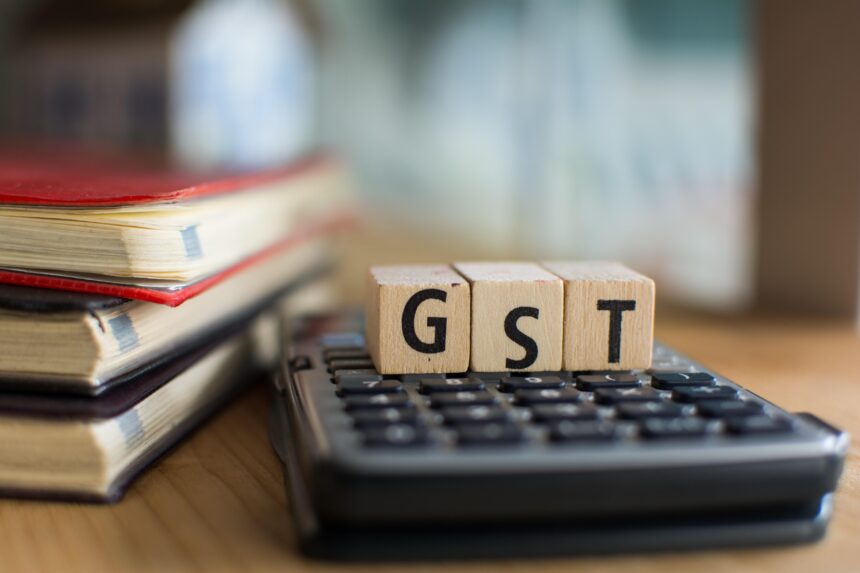Big Relief for Middle Class: Govt May Slash GST on Clothes, Utensils, and Toiletries
In a move aimed at easing the financial burden on middle- and lower-income households, the Central government is reportedly working on a major Goods and Services Tax (GST) restructuring that could bring cheaper prices for everyday items such as toothpaste, utensils, clothes, and shoes. Sources indicate that the government may either eliminate the 12% GST slab or shift many items currently taxed at 12% into the lower 5% bracket.
What Could Get Cheaper?
The planned restructuring targets a broad range of commonly used items, including:
-
Toothpaste and tooth powder
-
Umbrellas
-
Sewing machines
-
Pressure cookers and kitchen utensils
-
Electric irons, geysers, small washing machines
-
Bicycles
-
Readymade garments over Rs 1,000
-
Footwear priced between Rs 500 and Rs 1,000
-
Stationery items, exercise books, geometry sets, colouring books
-
Vaccines, diagnostic kits for HIV, TB, Hepatitis
-
Basic ceramic tiles, solar water heaters
-
Agricultural tools and mechanical threshers
Expected Benefits
If approved, the plan could significantly lower the cost of daily-use items for households, especially those in the middle and lower-income brackets. This comes after the government had already provided income tax relief earlier in the year.
The goal is not only to make essentials more affordable but also to stimulate consumption, which could in turn expand the tax base and ultimately increase long-term GST revenue.
Financial Implications for the Govt
The move is expected to cost the exchequer between Rs 40,000 crore and Rs 50,000 crore in the short term. However, officials believe the boost in consumption due to lower prices could offset these losses in the long run.
Finance Minister Nirmala Sitharaman recently hinted at GST rate revisions and rationalisation, especially to benefit middle-class consumers.
State-Level Challenges
Despite the Centre’s push, several states are not on board yet. Under GST rules, any rate revision requires the approval of the GST Council, which comprises representatives from all states. Opposition to the proposed restructuring has reportedly come from Punjab, Kerala, Madhya Pradesh, and West Bengal.
Notably, the GST Council has only voted once in its entire history; most decisions are made through consensus. The issue is expected to be discussed in the 56th GST Council Meeting likely to be held later this month.
The Bigger Picture
The 12% GST slab currently includes items that are not absolute necessities but still essential for the average household. By reducing or eliminating this slab, the government hopes to simplify the GST structure and make compliance easier for businesses while delivering tangible benefits to consumers.
As the economy recovers and demand surges post-pandemic, such a step could provide both a fiscal stimulus and a political win for the government ahead of key state and national elections.

